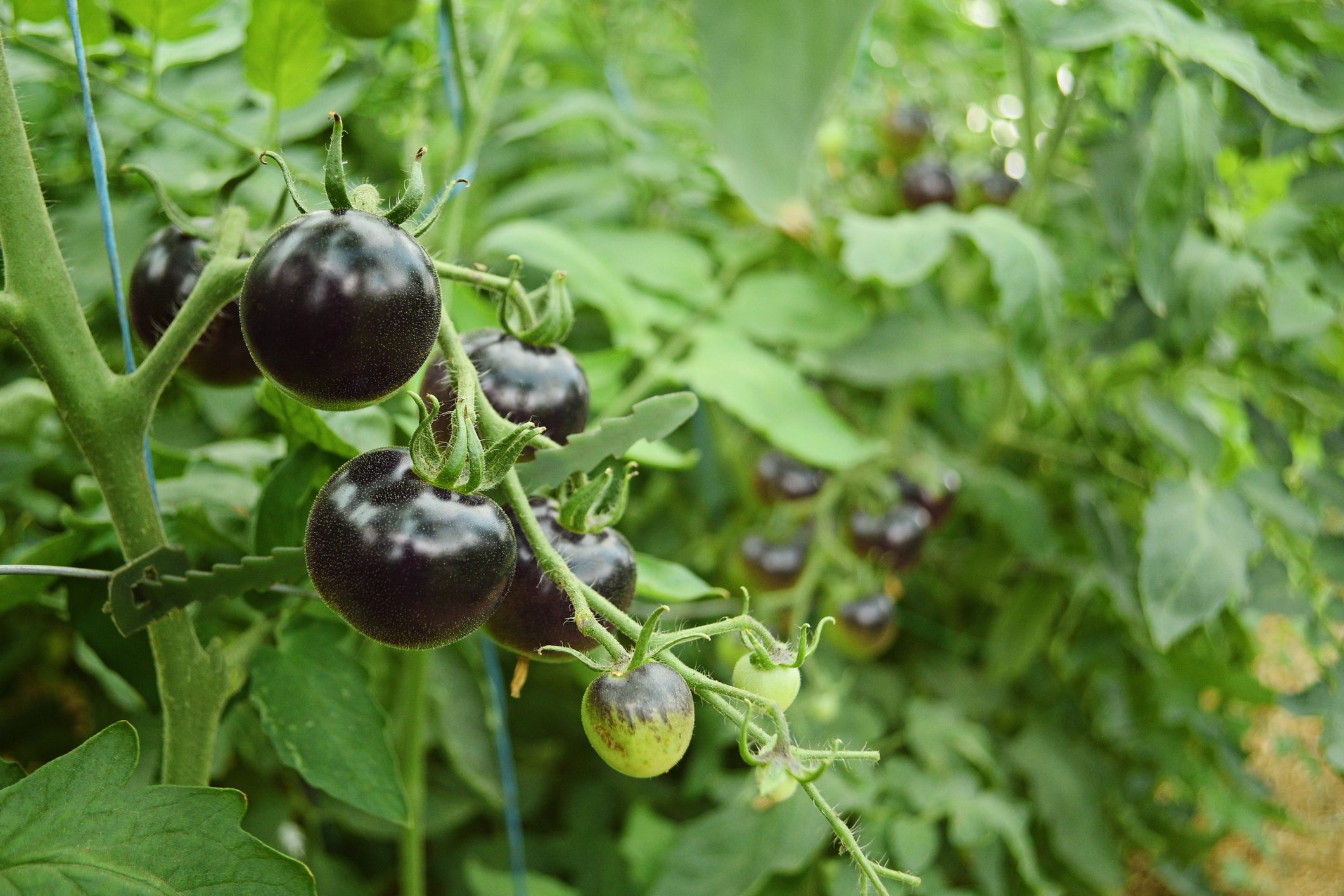Will you eat Black Tomatoes? Why people are loving this new savory variety
Just when you think red, yellow, and orange tomatoes are enough, a new color becomes available! And this time, consumers are a little bit apprehensive. Why? Because black tomatoes are slightly unexpected, and it seems as though they should be kept for special occasions (perhaps like Halloween). But don’t judge too quickly. These black beauties are little powerhouses of nutrients. Read on to discover why you should try them today!
;Resize,width=742;)
The purple-black ‘Indigo Rose’ tomato was created by crossbreeding red and purple tomatoes. Researchers from Oregon State University in the United States found that some tomatoes had higher levels of anthocyanin, an antioxidant responsible for the dark colors in fruits and vegetables. These tomatoes were then selected and crossbred to produce the purple-black Indigo Rose variety. The tomato is met with mixed opinions. They are not as sweet as their bright red relatives, but they have a strong savory, or meaty, taste. This makes them ideal for salads or roasted in the oven. But some reviewers felt that the tomato tasted bland, not having enough of a tomatoey flavor. This could simply be due to the tomatoes not being ripened long enough.
Gardeners have commented that the Indigo Rose tomatoes take more time to grow than the other varieties. For optimum flavor, the tomatoes need to ripen on the vine for as long as possible, in full sunlight. The longer it ripens, the better the sugars, acids, and anthocyanins will develop. So if you are in an area that gets more sunshine, you will likely have a better-tasting and healthier tomato. You will know it’s right to pick when the fruit turns a dull purple-brown color and is soft to the touch. If the tomatoes taste somewhat bland, then you’ll need to leave them to ripen a bit longer. Nevertheless, the plant makes an interesting addition to your garden. Black tomatoes on the vine are certainly a great conversation starter!
It might still take time for consumers to catch on to the idea of black tomatoes. Many garden enthusiasts associate the black color with tomato plants that were killed by frost. But it’s only a matter of time before we all get used to seeing black tomatoes together with red, yellow, and orange ones in the fresh produce aisle.
Nutritionists have been telling us for years that dark-colored fruits and vegetables are good for us. This is because red, blue, and purple foods all contain anthocyanins. Examples of these foods are purple potatoes, red cabbage, and blueberries. Antioxidants like anthocyanins are known for their cancer-fighting properties. They work by scavenging free radicals inside our body, preventing the growth of cancerous cells. So including an assortment of colored fruits and vegetables in your diet will not only make your meals exciting, it’s healthy for you too!
Will you eat black tomatoes? Tell us in the comments below!
References:
NCBI
;Resize,width=767;)
;Resize,width=712;)
;Resize,width=712;)
;Resize,width=712;)
